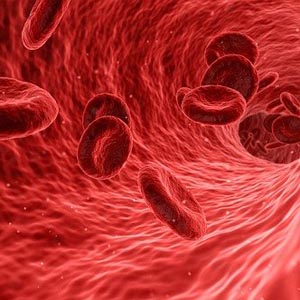 Smart Citations
Smart CitationsSee how this article has been cited at scite.ai
scite shows how a scientific paper has been cited by providing the context of the citation, a classification describing whether it supports, mentions, or contrasts the cited claim, and a label indicating in which section the citation was made.
Fluids and vasopressors in septic shock: basic knowledge for a first approach in the emergency department
Much research, both pathophysiological and clinical, has been produced about septic shock during the last 20 years. Nevertheless, many aspects of treatment are still controversial, among these the approach to the administration of fluids and vasopressors. After the first clinical trial on Early goal-directed therapy (EGDT) was published, a liberal approach to the use of fluids and conservative use of vasopressors prevailed, but in recent years a more restrictive use of fluids and an earlier introduction of vasopressors seem to be preferred. Although both treatments are based on sound pathophysiological knowledge, clinical evidence is still inadequate and somehow controversial. In this non-systematic review, recent research on the hemodynamics of septic shock and its treatment with fluids and inotropes is discussed. As a conclusion, general indications are proposed for a practical approach to patients in septic shock.
Downloads
How to Cite

This work is licensed under a Creative Commons Attribution-NonCommercial 4.0 International License.
PAGEPress has chosen to apply the Creative Commons Attribution NonCommercial 4.0 International License (CC BY-NC 4.0) to all manuscripts to be published.

 https://doi.org/10.4081/ecj.2023.10810
https://doi.org/10.4081/ecj.2023.10810





